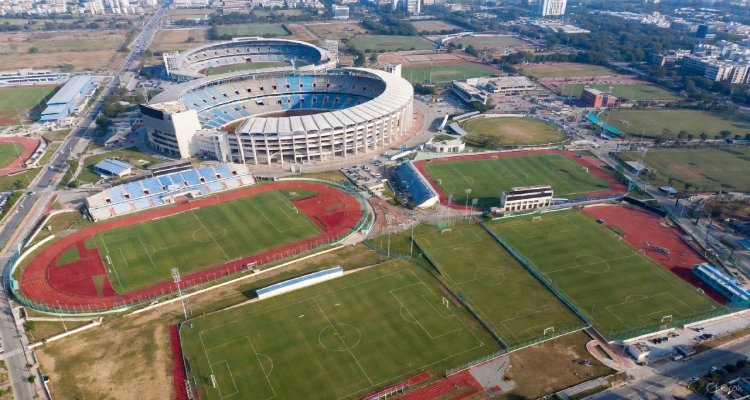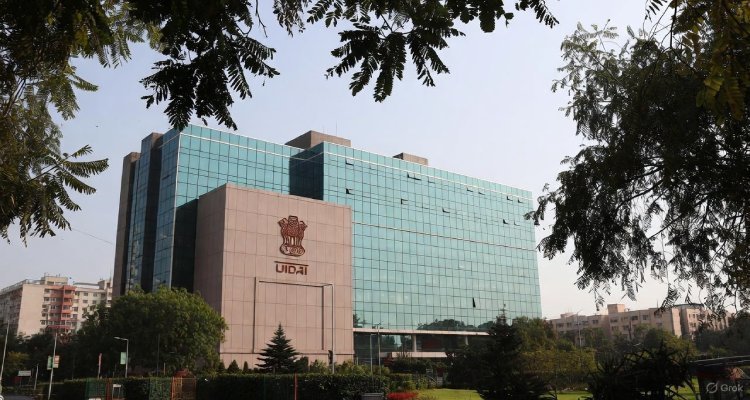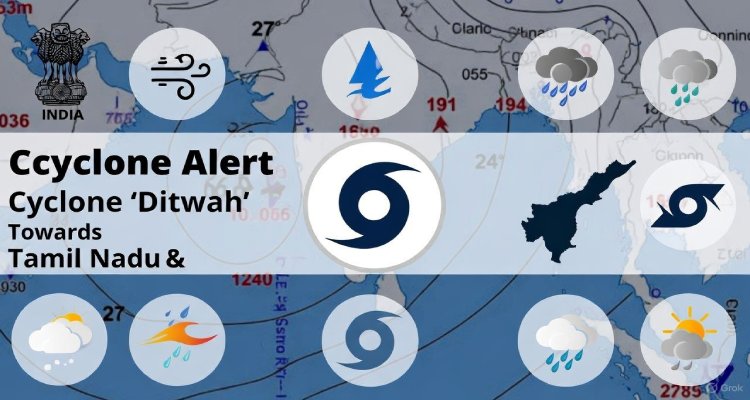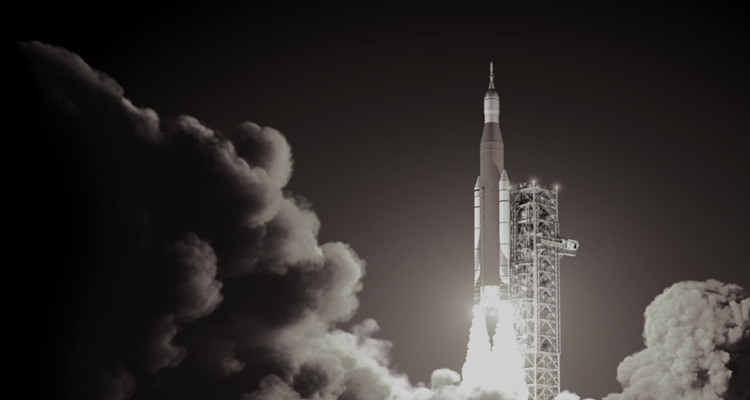India Strengthens Satellite Navigation System with Successful NavIC Launch
India successfully launched the NVS-02 satellite, enhancing its independent NavIC navigation system as global competition in space technology intensifies.
India Bolsters Independent Navigation System with Successful Satellite Launch
In a significant milestone for its space ambitions, India successfully launched the NVS-02 satellite on Wednesday, further strengthening its indigenous satellite navigation system, NavIC. The launch, conducted by the Indian Space Research Organisation (ISRO), underscores the country’s growing prowess in space-based technology at a time when global competition in satellite navigation is intensifying.
The NVS-02 satellite lifted off from the Satish Dhawan Space Centre in Sriharikota at 6:23 a.m. IST (0053 GMT) aboard the Geosynchronous Satellite Launch Vehicle (GSLV-F15). This latest addition to the NavIC (Navigation with Indian Constellation) system enhances India’s ability to provide precise positioning services across the country and surrounding regions, making it a robust alternative to foreign satellite networks like the U.S. GPS, China’s BeiDou, the European Galileo, and Russia’s GLONASS.
India’s Growing Role in Global Space Technology
The launch marked ISRO’s 100th mission, reinforcing India’s commitment to expanding its space infrastructure. As satellite-based technologies become increasingly integral to defense operations, telecommunications, disaster management, and financial transactions, India’s investment in self-reliant space systems gains strategic importance.
Jitendra Singh, India’s Minister of Science and Technology, hailed the achievement, stating, “It’s a privilege to be associated with the Department of Space at the historic moment of this record feat.” The successful launch of NVS-02 positions India among an elite group of nations capable of maintaining an independent satellite navigation system, reducing dependency on foreign networks for critical services.
The Race for Space Supremacy
As global space agencies and private enterprises push the boundaries of satellite technology, India’s efforts reflect a broader trend of nations seeking greater control over their space-based assets. In 2024, the United States dominated with 145 space launches, largely fueled by SpaceX, while China followed with 68. Historically a smaller player, India is ramping up its presence, with ISRO planning an ambitious 30 missions by March 2025.
NavIC, initially designed for military applications, is now being integrated into civilian sectors, including transportation, agriculture, and disaster response. The enhanced capabilities offered by NVS-02 improve real-time positioning accuracy, which could benefit industries reliant on geospatial data, such as logistics and infrastructure development.
The Technological Edge of NavIC
Compared to GPS, NavIC offers improved accuracy for users in India, as its constellation is tailored specifically for regional coverage. The system also ensures greater reliability during conflicts or disruptions, a crucial advantage for national security and emergency response efforts.
With the latest satellite addition, NavIC enhances its ability to provide uninterrupted service, even in remote areas where GPS signals may be weak. The government has been encouraging smartphone manufacturers to support NavIC compatibility, a move that could lead to its widespread adoption in the consumer tech industry.
What’s Next for India’s Space Program?
India’s growing focus on space technology extends beyond navigation. ISRO has outlined ambitious plans, including the Gaganyaan human spaceflight mission and the Chandrayaan-4 lunar exploration project. The success of these ventures would solidify India’s position as a leading space power, capable of competing with the likes of NASA, ESA, and CNSA.
As space technology continues to evolve, India’s investments in indigenous systems like NavIC reflect a strategic vision for self-reliance and global competitiveness. With increasing launches and expanding capabilities, the nation is poised to play a crucial role in shaping the future of satellite navigation and space exploration.
Source: (Reuters)
(Disclaimer: This article is based on publicly available information and reports. While efforts have been made to ensure accuracy, readers are encouraged to refer to official ISRO sources for the latest updates.)
Also Read: Australia Urges Caution Over Chinese AI Model DeepSeek Amid Global Concerns











